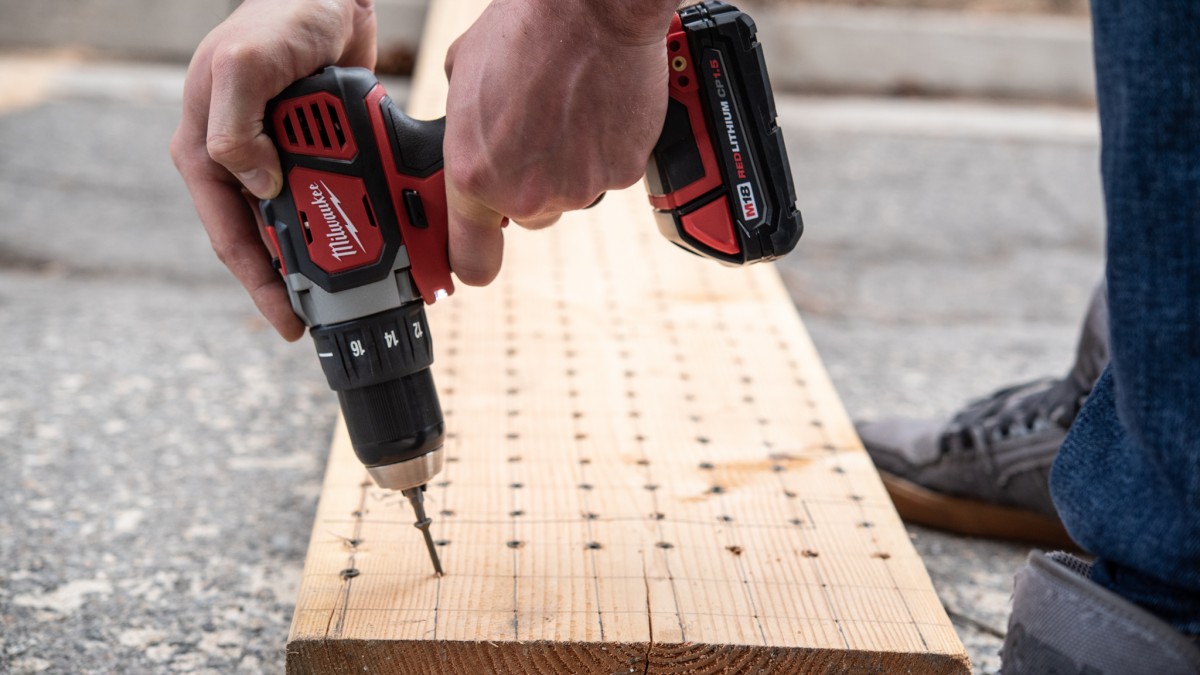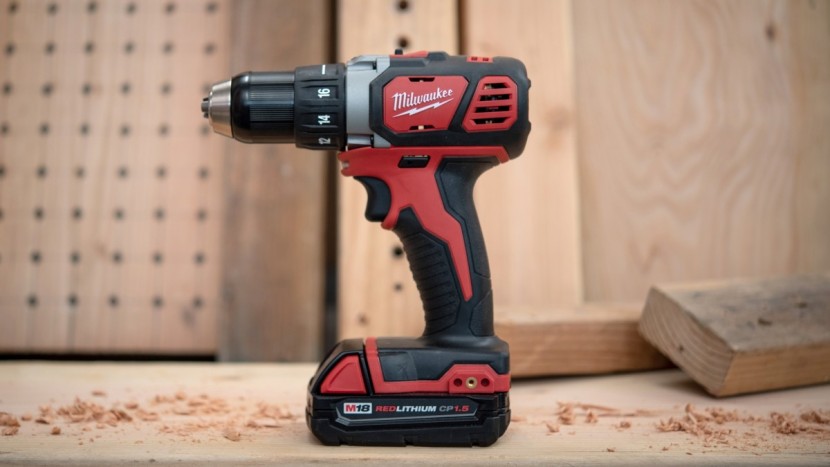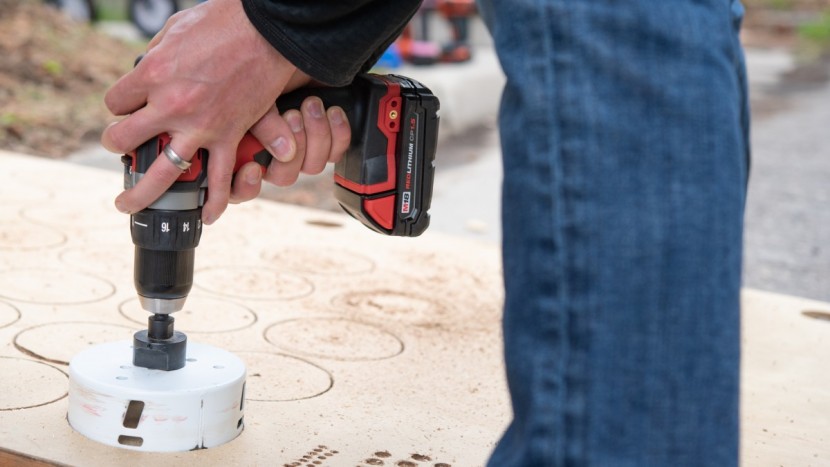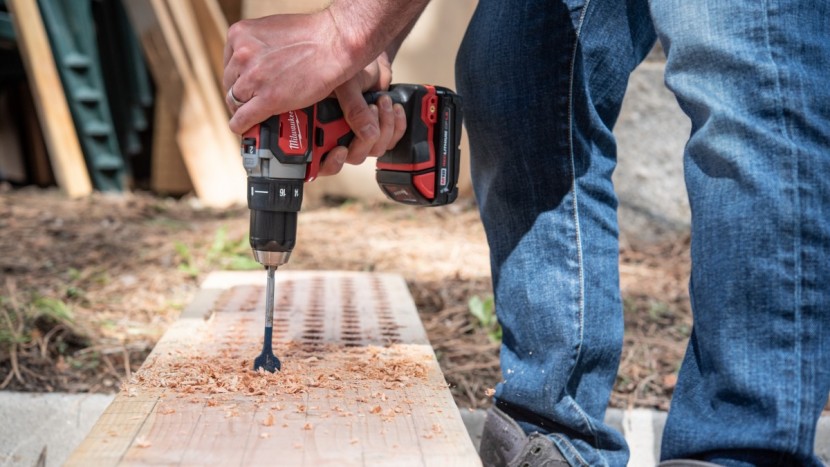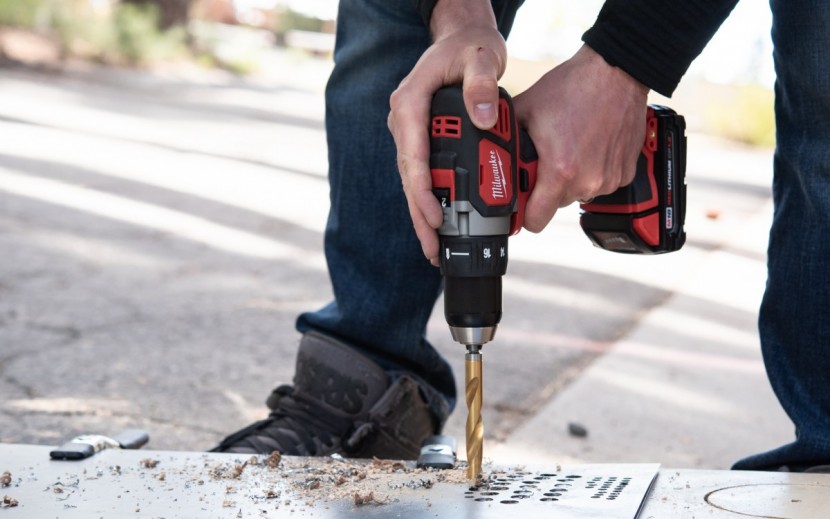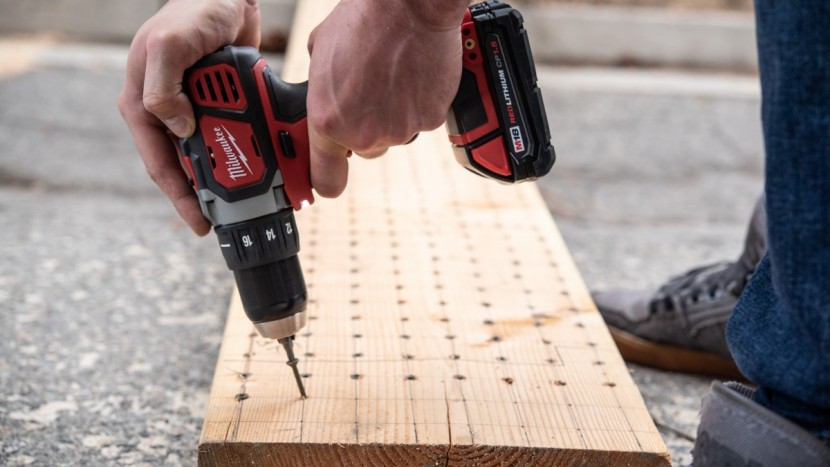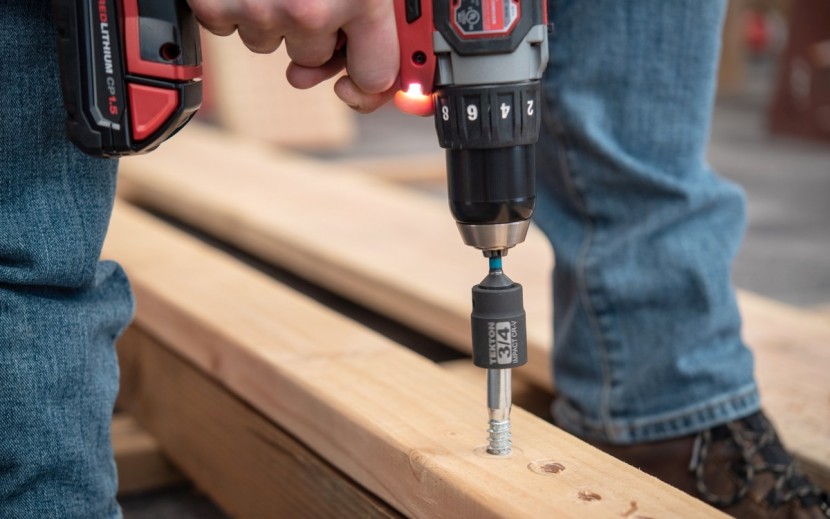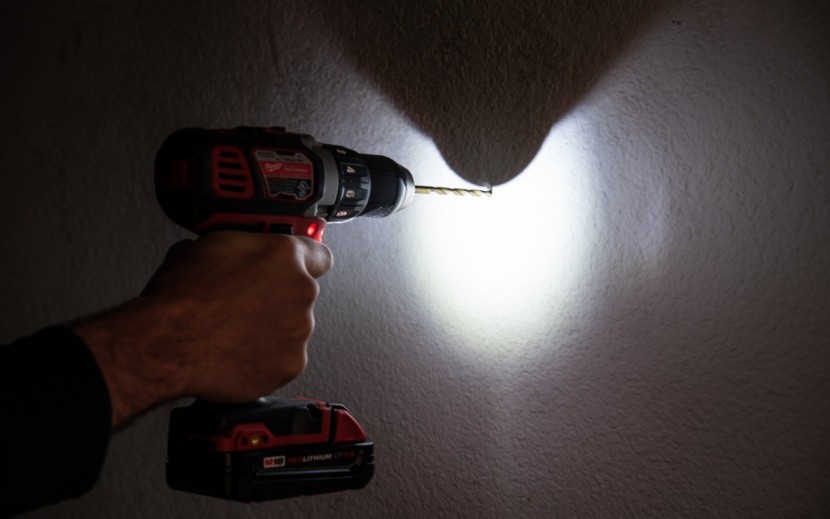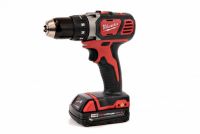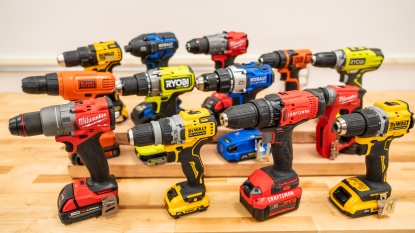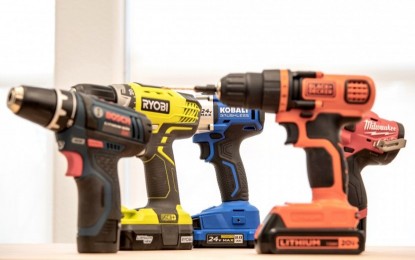
Our Verdict
Our Analysis and Test Results
Drilling
The Milwaukee M18 drilled with a hole saw without any significant issue, never stalling or struggling. However, it takes a bit longer than some of the others, taking 30-35 seconds compared to 17 seconds or so of the top models.
It performed well with a paddle bit, quickly and easily drilling through the wood. It didn't stall out, even when drilling in its higher gear, and is one of the best at this test.
The M18 finished out with a strong showing when drilling through a steel sheet, punching through the 16-gauge metal relatively effortlessly.
Driving
This M18 is pretty solid at driving regular wood screws. It lets you drive them to their full depth in a gentle and controlled way, easily setting the head flush with the surface of the wood. It has plenty of power to stop and start again without stalling, but it isn't the fastest at driving in the screws, with some of the top drills sinking them in just a bit faster.
The M18 also did very well in our lag screw test, setting the screw to its full depth without complaining, taking just a fraction of a second longer than the top drills overall.
Battery Life
Next, we evaluated and scored the recharge time and battery life of the M18 and the number of included batteries — the Milwaukee M18 finished just average. We tested this drill with the 1.5 Ah battery that came with the package we purchased, which can be used with compatible tools. It made it through about 4.5 cycles of our test before it quit. Fortunately, this is one of the fastest charging batteries of the bunch, only taking 31 minutes to recharge completely. We also liked that you can purchase the M18 as a package that includes an additional battery, so you can always have one on the charger while you work.
Convenience
This drill is a bit on the heavy side, weighing in at about 3.75 lbs., but it does have the option to add a belt clip. Unfortunately, this belt clip doesn't come installed, but it can be attached near the battery pack. The clutch can hold up to one-half-inch bits. The M18 has two different operating gear ratios.
It has a decent integrated work light, but it does dim after about seven seconds — a little fast for our taste, but at least you don't have to hold down the trigger the entire time.
We particularly liked that this drill has a battery level indicator, but it can be harder to swap batteries on this drill. It can bind up a bit when removed, and the double locking tabs are a bit harder to disengage than the single tab system used by other models.
Should You Buy the M18?
The M18 is a burly drill that packs a punch, just not enough to earn it an award. However, it was a contender for one and should be able to easily handle even the most challenging drilling tasks, albeit a bit slower than our top choices. This drill isn't a great budget buy; it has one of the highest list prices of the entire group.
What Other Drill Should You Consider?
If Milwaukee is your brand of choice, we prefer the higher-ranking Milwaukee M18 Fuel 1/2" Drill Driver. This drill has the same level of drilling performance but slightly better driving performance than the non-Fuel. The battery life is also significantly longer, and the price is lower, making the Milwaukee of choice.
| Awards | |
|---|---|
| Price | $200 List Check Amazon (on sale!) |
Overall Score  |
|
| Star Rating | |
| Bottom Line | This beefy drill features industrial build quality with an all-metal chuck but was just slightly outmatched when it came to drilling power |
| Pros | Burly construction, tons of power |
| Cons | Heavy, costly |
| Rating Categories | Milwaukee M18 Compac... |
| Drilling (35%) | |
| Driving (35%) | |
| Battery Life (20%) | |
| Convenience (10%) | |
| Specifications | Milwaukee M18 Compac... |
| Five Inch Hole Saw Test | 30 seconds |
| Lag Screw Test | 5.0 in |
| Manufacturer Peak Torque | 500 in-lbs |
| Measured Charge Time | 31 min |
| Measured Weight | 3.8 lb |
| Measured Length | 7.3 in |
| Clutch Settings | 16 |
| Manufacturer Stated RPM | Low: 0 - 450 High: 0 - 1800 |
| Included Battery Pack(s) | 1.5 Ah |
| Max Chuck | 1/2 in |
| Battery Voltage | 18V |
| Drill Model Tested | 2606-20 |
| Box Model (Kit) Tested | 2606-22CT |
| Battery Indicator Location | Battery |
| LED Location | Above the trigger |
| Included Belt Clip | No |


